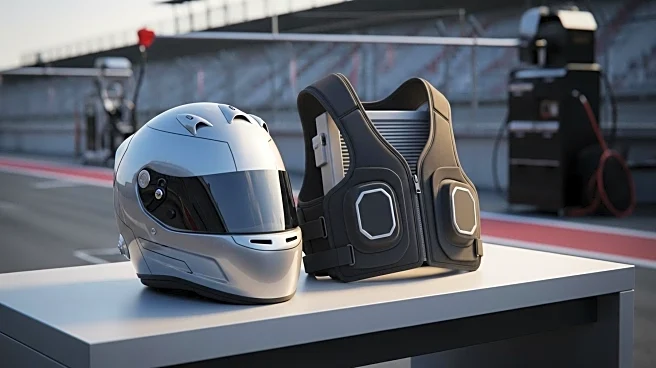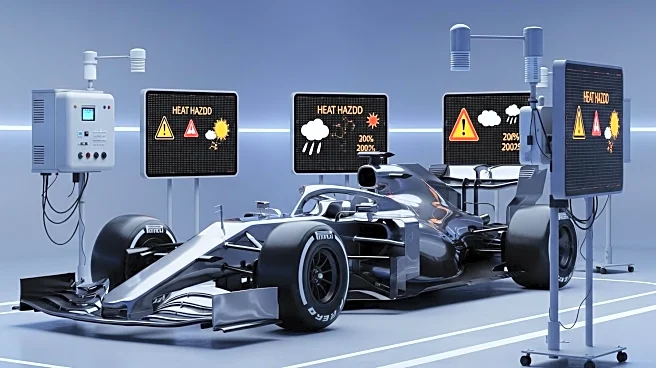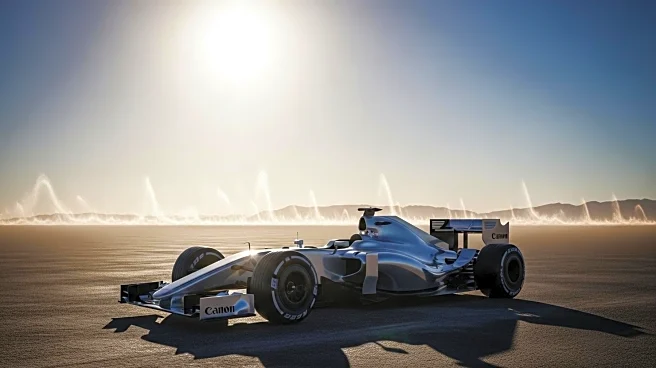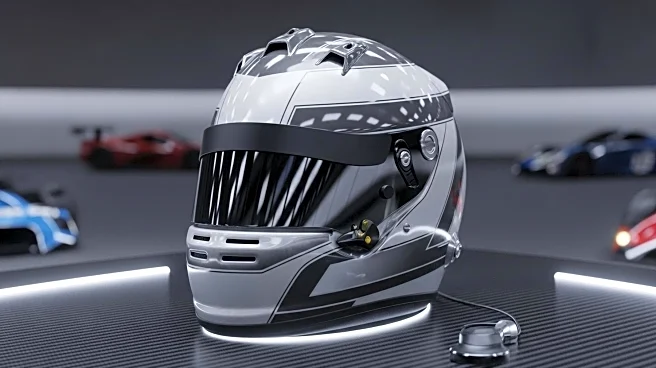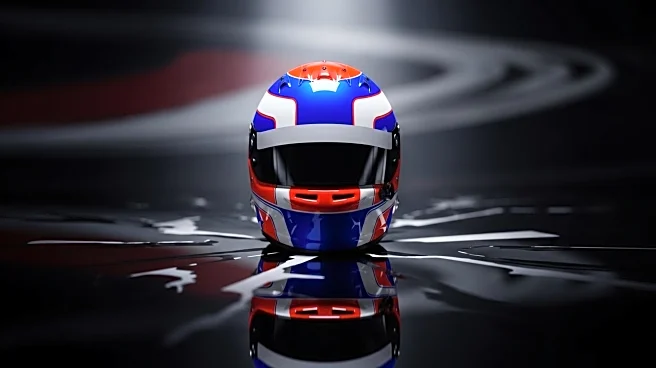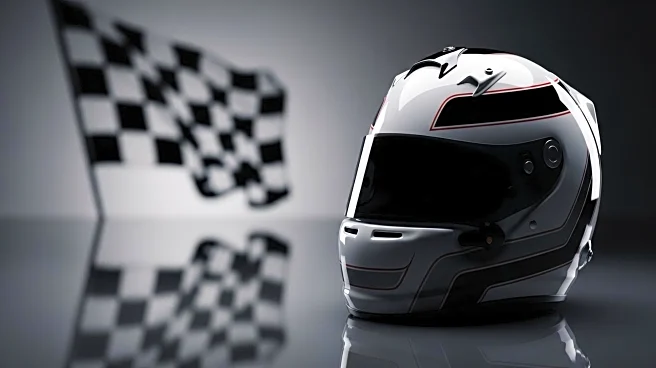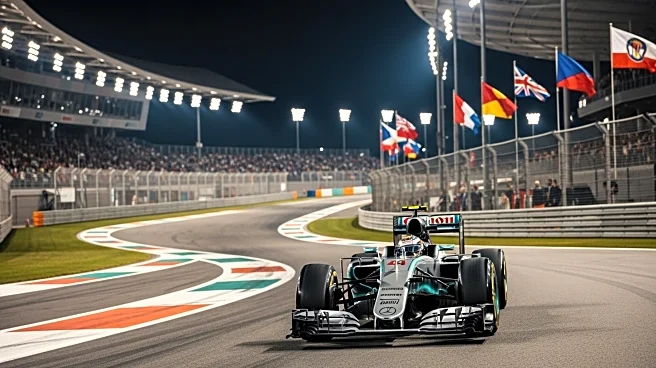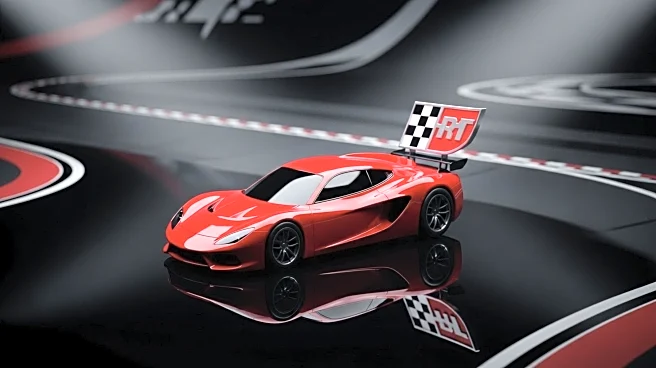What's Happening?
Formula 1 is preparing for the United States Grand Prix, which may be designated as a 'heat hazard' race due to high temperatures forecasted at the Circuit of the Americas. This follows the Singapore Grand Prix, which was the first to receive such a designation. The FIA has introduced cooling vests as a safety measure, but Red Bull driver Max Verstappen has expressed his opposition, stating that the decision to use these vests should be left to the drivers. Verstappen argues that the vests are uncomfortable and that there are more pressing safety concerns, such as pit entry designs, that need attention. The cooling vests are set to become mandatory next season, but Verstappen believes they should remain optional.
Why It's Important?
The introduction of mandatory cooling vests in Formula 1 represents a significant shift in safety protocols, aiming to protect drivers from extreme heat conditions. However, Verstappen's opposition highlights a broader debate within the sport about balancing safety measures with driver autonomy. If the vests become mandatory, it could lead to changes in car design to accommodate the cooling systems, impacting teams' strategies and potentially altering race dynamics. The decision also reflects the sport's ongoing efforts to address health risks associated with high temperatures, which have previously led to driver fatigue and dehydration.
What's Next?
As the United States Grand Prix approaches, the FIA will monitor weather conditions to determine if a heat hazard designation is necessary. If implemented, drivers will have to comply with the cooling vest requirement or add ballast to their cars. The debate over the vests may continue, with drivers and teams potentially lobbying for changes to the rule before it becomes mandatory next season. The outcome could influence future safety regulations and the design of Formula 1 cars.
Beyond the Headlines
The controversy over cooling vests touches on broader themes of driver safety and autonomy in Formula 1. It raises questions about how much control drivers should have over their equipment and the extent to which governing bodies should enforce safety measures. The discussion also highlights the challenges of adapting racing technology to meet evolving safety standards without compromising the competitive nature of the sport.
